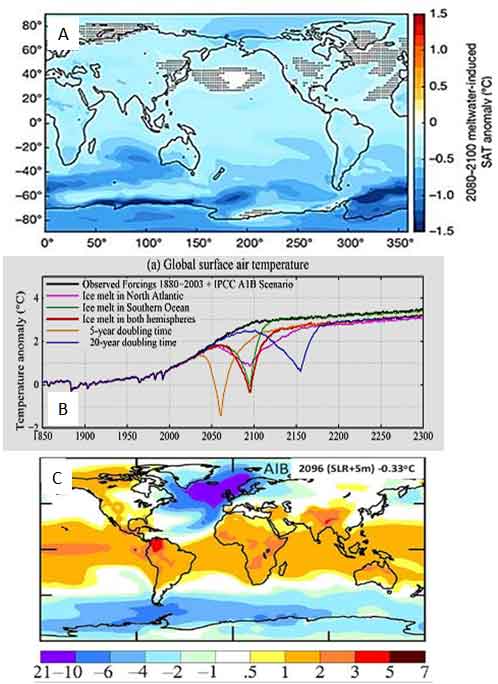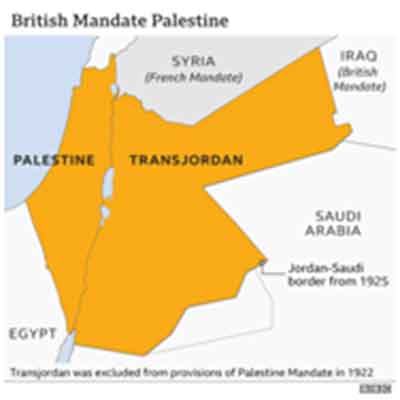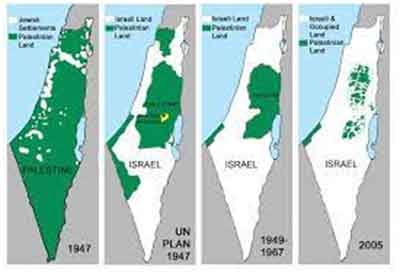What is rather telling is how commemorations in the United States and Britain have become relatively dimmed over time. Every year there seems to be less importance given to the anniversary. Why is that? In Western news media, there are even reminder articles about the history of Victory Day and why events are held to mark the occasion.
The contrast with the vibrant and dedicated celebrations in Russia is down to one main fact: it was the Russian people and the Soviet Red Army that were the main victors over the Nazi regime. It is crucial to reiterate that and to never lose sight of the historical truth because Western politicians and media would have us believe otherwise.



































































 After the fall of the Ottoman Empire, the British administration was formalized by the League of Nations under the Palestine Mandate in 1923, as part of the Partitioning of the Ottoman Empire following World War I. The Mandate reaffirmed the 1917 British commitment to the Balfour Declaration, for the establishment in Palestine of a “National Home” for the Jewish people, with the prerogative to carry it out.
After the fall of the Ottoman Empire, the British administration was formalized by the League of Nations under the Palestine Mandate in 1923, as part of the Partitioning of the Ottoman Empire following World War I. The Mandate reaffirmed the 1917 British commitment to the Balfour Declaration, for the establishment in Palestine of a “National Home” for the Jewish people, with the prerogative to carry it out. The impediment of being able to manage their own water resources, therefore increasing their food self-sufficiency through their own agriculture, makes out of Palestine an Israeli slave-state.
The impediment of being able to manage their own water resources, therefore increasing their food self-sufficiency through their own agriculture, makes out of Palestine an Israeli slave-state.